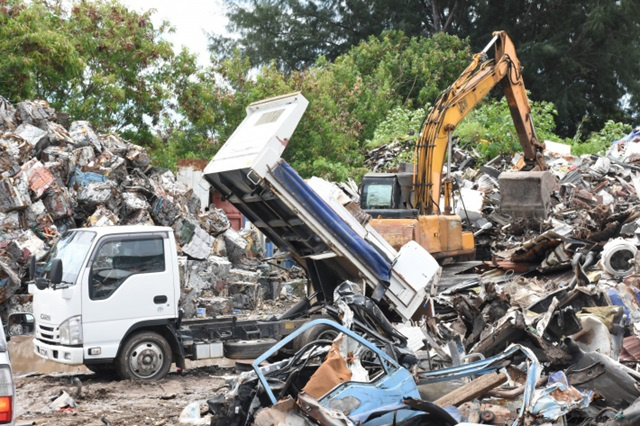Seychelles aims for net-zero carbon emissions by 2050

Achieving net zero requires a two-part approach, with the first being the reduction of human-caused emissions. (Seychelles Nation)
(Seychelles News Agency) - Seychelles aims to achieve its target of net-zero carbon emissions by the year 2050, a target set under the Paris Agreement, with the development of its "Long Term Vision towards Net Zero."
To tackle climate change and its negative impacts, world leaders at the United Nations Climate Change Conference (COP21) in Paris reached a breakthrough on December 12, 2015, namely the historic Paris Agreement.
As per the Agreement to keep global warming to no more than 1.5°C, emissions need to be reduced by 45 percent by 2030 and reach net zero by 2050. The term net zero is important because, for carbon dioxide (CO2) at least, this is the state at which global warming stops.
Seychelles' first step to developing this vision took place in a workshop held on Monday at the Savoy Resort, Beau Vallon, where all relevant agencies and departments met to discuss the short, medium and long-term targets towards achieving it.
The workshop is being led by two consultants from the United Nations Development Programme (UNDP), Dr. Laurent Sam and Rishi Basak.
"The workshop today has brought together various parties, including the private sector, government, NGO's and other agencies, and this is important because everyone has a part to play in this work," said Sam, explaining that all sectors must work together, as whatever one does, will have an impact on another.
He added that the workshop will also bring everyone on the same page and if this happens, he believes that Seychelles will in fact reach that target, despite the difficulties that are present. These include finance and the technologies required to implement the changes needed.
"The aim of the workshop will see us set targets for each relevant sector and after that, we will use all these targets to set the long-term vision, which will be implemented, so that Seychelles reaches its goal by 2050," he added.
Achieving net zero requires a two-part approach, with the first being the reduction of human-caused emissions - such as those from fossil-fueled vehicles and factories - to as close to zero as possible.
Any remaining emissions should then be balanced with an equivalent amount of carbon removal, which can happen through natural approaches like restoring forests or through technologies like direct air capture and storage (DACS), which scrubs carbon directly from the atmosphere.
Speaking to the media, the programme and operations specialist at UNDP Seychelles, Sujitha Sekharan, shared that is part of UNDP's Climate Promise programme, which covers about 140 countries, where they support climate change goals.
"We know that Seychelles is aiming to have net-zero emissions by 2050 and so climate promise is helping through technical expertise, and also funding programmes to help Seychelles reach that goal," said Sekharan.





